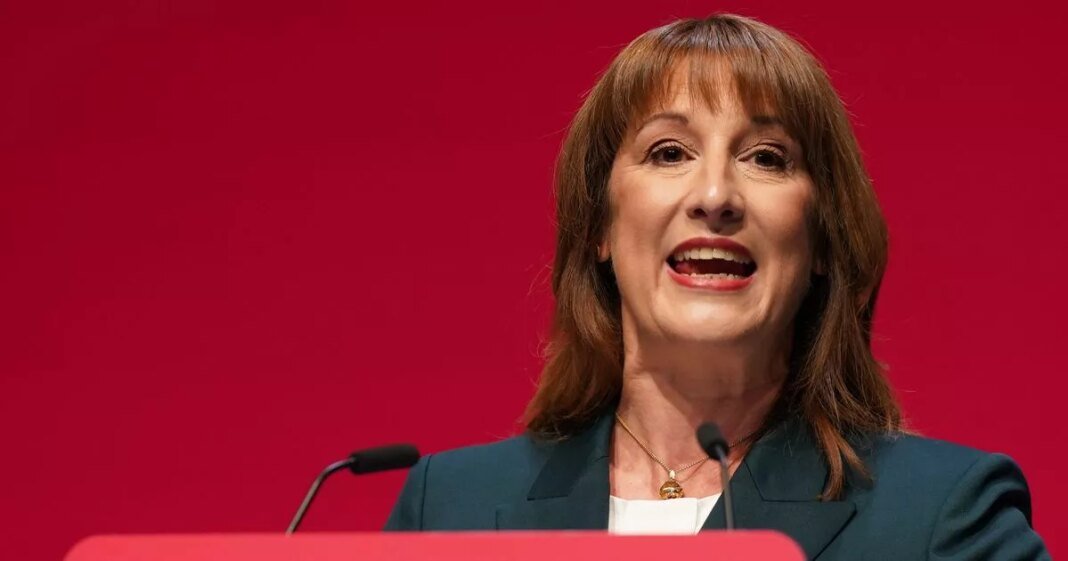Amid concerns over the significant deficit in public finances, there is growing speculation about potential tax increases in the upcoming autumn Budget. While the possibility of raising VAT has been discussed, it poses a challenge for the Labour party, which had previously vowed not to hike taxes on working individuals.
Chancellor Rachel Reeves has indicated a shift in the government’s stance, hinting at a potential reconsideration of the previous tax commitments. However, there is ambiguity surrounding Labour’s adherence to its manifesto promises, with Chief Secretary Darren Jones neither confirming nor denying the potential tax adjustments.
VAT, a major revenue source for the Treasury, is projected to generate £180.4 billion this year, contributing significantly to the national income. Increasing the standard 20% rate to 21% could result in an additional £8.8 billion in revenue, while a rise in the reduced 5% rate may yield around £490 million.
Approximately half of all goods and services are subject to VAT, with a standard rate of 20% and a reduced rate of 5% for specific items like household energy bills and children’s car seats. Despite the freedom to set VAT rates post-Brexit, the UK’s flexibility was previously limited within the EU’s range of 15% to 25%.
While discussions on potential VAT adjustments continue, targeting specific sectors like private healthcare or unhealthy food items has been suggested. However, implementing such changes could impact middle-class families and consumer prices, raising concerns about the economic repercussions.
Furthermore, proposals to lower the VAT registration threshold for small businesses could lead to increased administrative burdens and higher costs for these enterprises. Amid ongoing deliberations on tax policies, the government faces challenges in balancing revenue needs with potential implications for various sectors and consumer groups.

